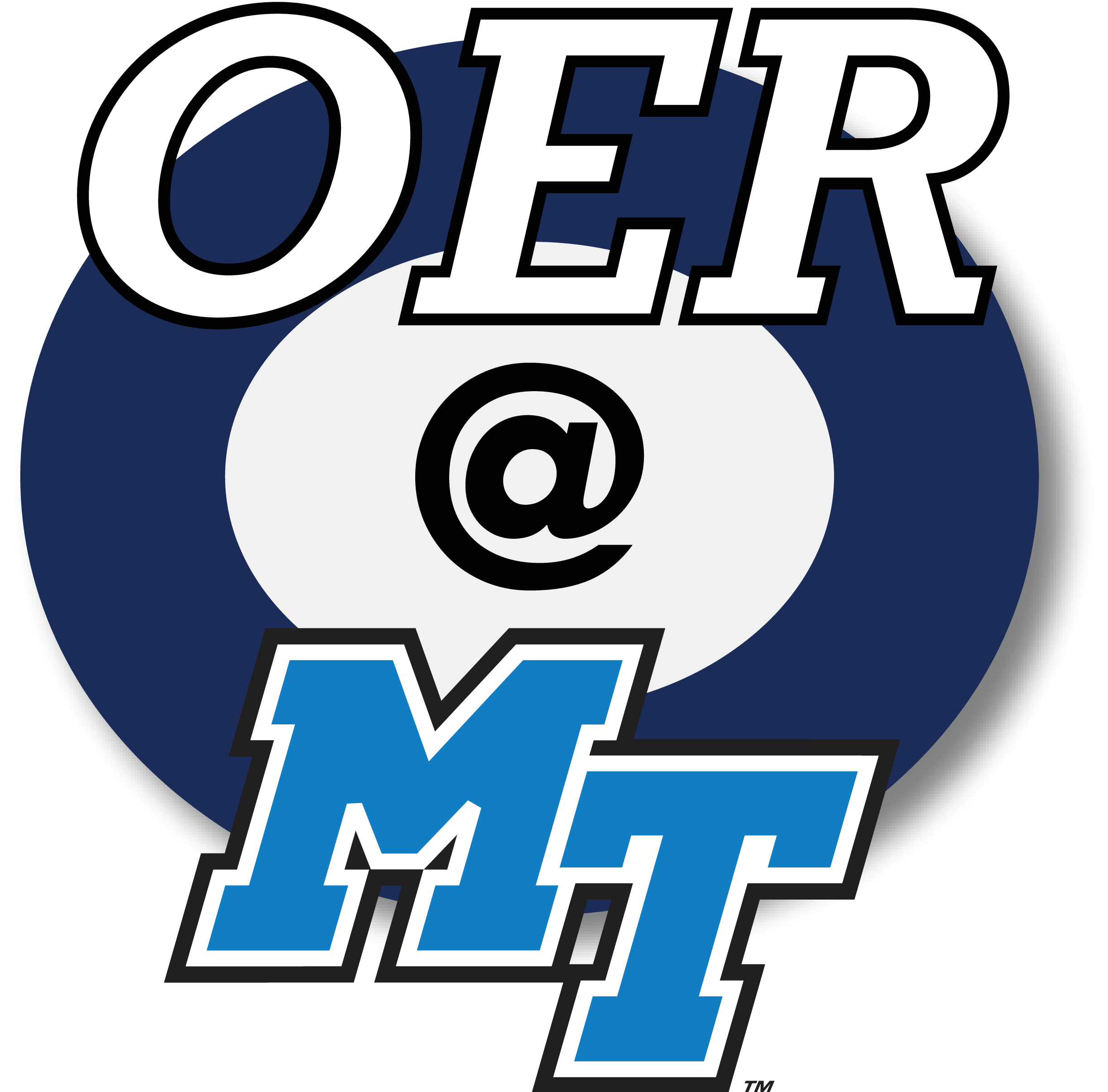Working with Sources
23 Source Credibility: How To Select The Best Sources
Cayla Buttram; David MacMillan III; and Leigh Thompson Stanfield
Abstract
In “Source Credibility: How To Select The Best Sources,” Cayla Buttram, David MacMillan III, & Leigh Thompson provide some easy tips for choosing sources while conducting research. The six checkpoints they offer should be of assistance when trying to decide which sources are worth further investment of time and consideration.
This reading is also available as a PDF.
Finding sources for research is important, but using unreliable sources will hurt your credibility and make your arguments seem less powerful. It is important to be able to identify which sources are credible. This ability requires an understanding of depth, objectivity, currency, authority, and purpose.
Whether or not your source is peer-reviewed, it is still a good idea to evaluate it based on these five factors. An article that has been peer-reviewed is credible, but it still might not be completely relevant to your assignment.
Depth
What is the depth of coverage of the information? A source that is completely reliable may still only give a light overview of the important information. In many cases, you will need to have more than a simple overview of information in order to connect the data to your topic.
Objectivity
Is the information you are using biased in any way? If so, does the bias affect the conclusions of the research? Does the information come from a source that will profit from a particular point of view? If so, the information may not be reliable. Does the source use proper citation?
Currency
How up-to-date is the information? When was it written? Many assignments, especially in the sciences, require research from the past five or ten years.
Authority
Who is the author? Does the author have a degree in the field? Is the author affiliated with an unbiased reputable organization? Note that scholarly articles tend to have multiple authors.
Purpose
What is the purpose of the source? Is it to entertain, to change public opinion, to present research, or to teach? Who is the intended audience? Reliable research articles are usually very specific in nature and relate to a very specific field.
These five areas give you a way to reduce a large body of sources into the specific information that you need to include. This process will enhance the credibility of your writing and lead you to more accurate conclusions.
What is Peer Review?
Peer review is a well-accepted indicator that a source is scholarly and reliable. Before publication, peer-reviewed journals require that papers be reviewed by experts in the same field. After reading and reviewing the material for accuracy and objectivity, the reviewers will recommend publication, revision, or rejection.
A peer-reviewed article is often called a “refereed” article.
To determine whether a given article is from a peer-reviewed source, try searching Ulrich’s directory of periodicals. It contains many, but not all, peer-reviewed journals. If unsuccessful, find the website of the journal itself and look for its author, submission, and/or editorial guidelines.
Keywords
depth, objectivity, currency, authority, purpose
Author Bios
Cayla Buttram holds an M.S. in Geospatial Science and a B.S. in Education. She served as a Writing Consultant at the University of North Alabama writing center for over three years. And is currently a freelance EFL instructor.
David MacMillan III served as a Writing Consultant and Technical Writer at the University of North Alabama for over two years, where he earned a B.S. in Physics. He is currently attending the Columbus School of Law and is employed as a paralegal.
Leigh Thompson Stanfield is an Associate Professor and Instructional Services Librarian at the University of North Alabama. She has most recently published the book Assessing the Impact of Research Consultations on Citations used in Student Papers, along with Jennifer C. Maddox.
Updated November 2012, UNA Center for Writing Excellence
the amount of knowledge, intelligence, wisdom, insight, feeling, etc., present in a person's mind or evident either in some product of the mind, as a learned paper, argument, work of art, etc.
impartial, detached approach
the state of being relative to current concerns
the author’s motivations for creating the text

